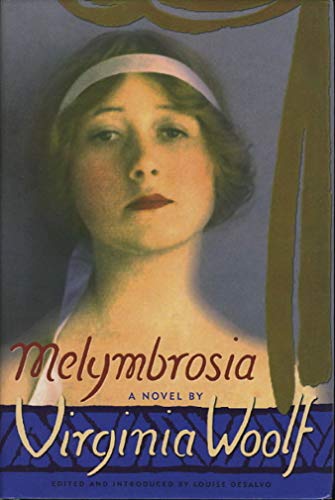Synopsis
A new novel by the author of Mrs. Dalloway and To the Lighthouse, written in 1912, centers on the emotional and sexual awakening of a young British woman abroad and her witness to homosexuality, the suffrage movement, and colonialism.
Présentation de l'éditeur
Virginia Woolf completed Melymbrosia in 1912 when she was thirty years old. The story concerned the emotional and sexual awakening of a young Englishwoman traveling abroad, and bristled with social commentary on issues as varied as homosexuality, the suffrage movement, and colonialism. She was warned by colleagues, however, that publishing an outspoken indictment of Britain could prove disastrous to her fledgling career as a novelist. Moreover, the critical offensive from men would be especially harsh towards a woman author. Woolf thus revised the novel extensively, omitting much of the political candor until, in 1915, the quieter book was published under the title The Voyage Out. The original Melymbrosia offers a rare look into the formative mind of the modernist master who revolutionized twentieth century literature. Here, one sees the young Virginia Woolf learning her craft. Like James Joyce s Stephen Hero, the original treatment of A Portrait of the Artist as a Young Man, or Ralph Ellison s posthumously published Juneteenth, Melymbrosia is a "lost classic" that owes its existence to the research of a devoted scholar, in this instance Louise DeSalvo, who spent seven years uncovering the original novel from Woolf s papers in the archives of the New York Public Library."
Les informations fournies dans la section « A propos du livre » peuvent faire référence à une autre édition de ce titre.
